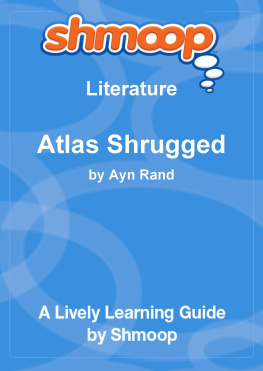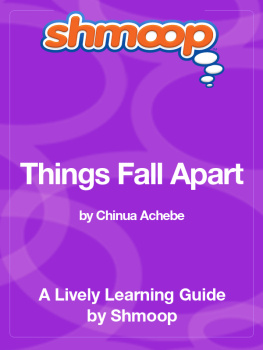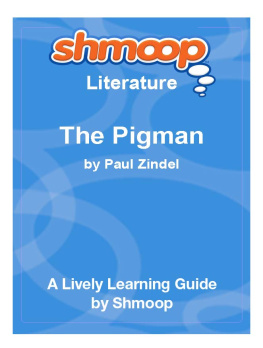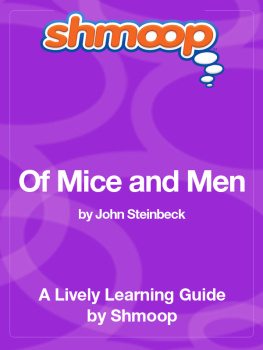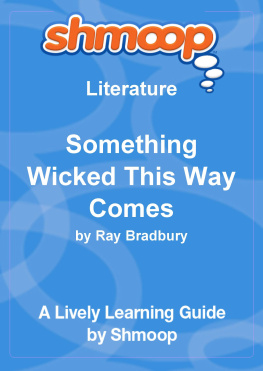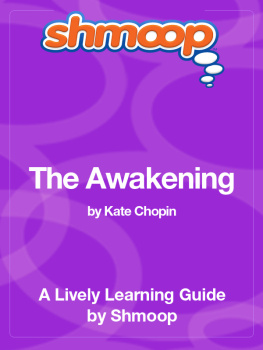
Table of Contents
In a Nutshell/Overview
The Lovely Bones (2002) is American author Alice Sebold's first novel. The story is narrated by Susie Salmon, a fourteen-year-old girl who has been raped and killed by her serial killer neighbor in suburban Pennsylvania. That's right, Susie is telling her story from the afterlife. She weaves back and forth in time from the date of her death in 1973, remembering her life, peering into the mind of her killer, and watching the love ones she left behind. It's a gruesome and horrifying story, but also one of hope and renewal.
The Lovely Bones has sold millions of copies and is totally at home on the bestseller lists. A book buying frenzy ensued after Pulitzer Prize winning author Ana Quindlen announced on The Today Show that The Lovely Bones was the must read book of summer 2002. Critics loved it, for the most part, and it's won A Bram Stoker Award, among others. Peter Jackson, of Lord of the Rings fame, even directed the 2009 film adaptation. Critics didn't really like the film (it got a rotten tomato), complaining it's not dark enough and that the afterlife depicted is too fluffy. But Stanley Tucci was nominated for an Oscar for his terrifying portrayal of Susie's killer. And whether or not you agree with the movie's version of the afterlife, the film does a nice job of giving us some of the visuals that make the story so chilling and beautiful, and providing us with the mood and feel of the 1970s.
Sebold began writing The Lovely Bones around 1996 when she was 33, but had to put it down to write about a tragic event from her past - being raped by a stranger when she was eighteen. She says,
[...] after writing the first chapter of Lovely Bones, in which Susie is raped and killed, there was some urging on Susie's part that I get my own business out of the way before writing further into her story. When I say "on Susie's part" I mean: the demands of her wanting to tell her story and using me to do so meant that I had to unload my story someplace else. It wasn't going to fit into the book I wanted to write for her. (source)
Sounds like Susie is a pretty bossy ghost. The result is Sebold's debut book, Lucky (1999), a well received piece of non-fiction about the rape and the aftermath, including Sebold testifying against her rapist in court, which sent him to prison. You can read part of Lucky here, on Google Books.
Sebold studied with some literary legends, including Raymond Carver and Tess Gallagher. She lives in California with her husband, the novelist Glen David Gold, who says, "People who find living with a writer romantic often can't work with the reality. But Alice and I have complementary neuroses. If I look grumpy, she says, 'Is it the adverbs, dear?'" (source). Of her dreams and goals, Sebold says, "I just want to write and read and walk my dog. You know, I'm very simple" (source).
Why Should I Care?
Why is The Lovely Bones so popular? One obvious reason is that it's a book about a serial killer. Serial killers (a term coined in the 1960s) are everywhere in American pop culture. There's Dexter, Norman Bates (from Psycho), and Hannibal Lecter (ever since The Silence of the Lambs Anthony Hopkins gives us the shivers), to name just a few. Serial killers pop up in our art, music, movies, soap operas, and books. There seems to be an insatiable appetite for serial killer fiction.
But The Lovely Bones is pretty different from your average serial killer thriller. Though the story is definitely dark and spine-tingling at times, the focus is really on the victim, Susie Salmon, and not the killer, Mr. Harvey. When author Alice Sebold was "[g]rowing up in the Philadelphia suburbs [she] was haunted by news stories about murdered girls." She remembers that "their story wasn't in the newspaper; it was always the story of the murderer. The girls seemed almost disposable" (source).
Though Susie Salmon tries to understand her killer, he is not the main focus of the book. The women and girls he hurts, and the incredibly difficult process the Salmon family undergoes to heal, take center stage.
So, what do you think? What accounts for the huge popularity of The Lovely Bones? Does it live up to the reviews? Will it stand the test of time? Should it be taught in schools?
What's Up With the Title?
The title is oh-so-creepily inviting. It combines, in the spirit of horror and Gothic conventions - love, life, death, and beauty. It also provides us with suspense and mystery - we want to know whose bones these, are and why they might be seen as lovely.
Mr. Harvey
Let's try out Mr. Harvey's perspective. He doesn't keep the bones of his human victims (though he'd probably like too). Nope, his bone collection comes from the neighborhood pets, whose disappearances are at first blamed on the unfortunate Joe Ellis. Susie tells us, "What I think was hardest for me to realize was that he had tried each time to stop himself. He had killed animals, lesser lives, to keep from killing a child" (11.21). Fans of
Twilight and Anne Rice's vampire tales will recognize that tune. In any case, the animal bones are (possibly) lovely because they represent moments when Harvey resists his desires to rape, brutalize, and murder people.
Susie's Loved Ones
At first, all we can think about is the elbow - the only bone of Susie's that is found. It gives the people who love her proof positive that something horrible has happened to her, but it also gives them hope at first. If the other bones aren't found, it's possible that Susie might still be alive even though she might not have an arm anymore. Of course, this hope is bitterly dashed. Her bones are lovely to her loved ones not in hope, but in their memories of her.
Susie
Late in the novel, when her family is celebrating together, Susie reveals what the title means to her:
These were the lovely bones that had grown around my absence [...]. And I began to see things in a way that let me hold the world without me in it. (23.97)
This is some pretty abstract talk, what we might expect from a ghost, but we can follow. Susie is saying that a) she sees her loved ones and their stories as the bones of a body of earthly happiness, of life; and b) she can stop anxiously hovering over them, because they are OK.
But, the sentence that follows the above complicates matters. Susie says,
The events that my death wrought were merely the bones of a body that would become whole at some unpredictable time in the future. (23.97)
We've thought about this a lot, even had a few meetings about it, and have come to the conclusion that Susie is waiting for the day when her loved ones are all dead with her; then the "body" will be "whole." Sounds morbid, but that's natural for the dead. We think it's a good thing. In Susie's expanding understanding of the world, human life is really short and is followed by a seemingly eternal afterlife. So, death is no longer something to be feared; it's the bulk of existence.
Yet, no amount of philosophical high-roading can stop Susie from wanting herself and her loved ones in the same place. Hence, her wishes for their deaths, as well as for their happy lives. She knows she can't go back to them, so they have to come to her.
What's Up With the Ending?
I could not have what I wanted most. Mr. Harvey dead and me living. Heaven wasn't perfect. (2.39)
The ending is about as happy as a book about a murdered girl can get. It features the fulfillment of one of Susie's utmost desires, articulated in Chapter 2 (and in the quote up top). Mr. Harvey is interrupted from pursuing his latest teen victim, and plummeted to his death by, of all things, a falling icicle. Said icicle might or might not have been dislodged by Susie's ghostly interference. We like to think she had a hand in things. Notice also that Harvey's death by icicle is cleverly foreshadowed at a midpoint in the novel. Susie tells us:






